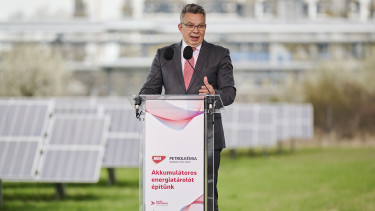Respiratory season back at 2022/23 levels in Hungary
In terms of ARI we are at about the same epidemiological level as in the past two years, while in terms of ILI we match the 2022/23 level and exceed last year's comparative figure.

The infection figures per 100,000 inhabitants show about the same, both in terms of ARI and ILI.


The positivity rate for COVID-19 has been around 0% since the 8th week, and it has come down to 27% for influenza and 10% for respiratory syncytial virus (RSV).

On the 12th week, there were 213 people in hospital with severe acute respiratory infection (SARI), down from 274 a week earlier. The situation was better a year ago (156), but a tad worse two years ago (218). 24 patients required intensive care (11.3% of all SARI patients), a sharp drop from 42 on the 11th week (15.3%).

The share of RSV infections among those admitted to a hospital with SARI rose to 28.2%, up from 26.3%, which compares with 24.4% a year ago, and only 7.8% two years ago. The percentage of SARI patients with influenza dropped to 17.8% from over 20% on the 11th week, which compares with 6.4% in 2023/24 and 14.7% in 2022/23.

Half of SARI patients were under the age of 2 on the 12th week, while the share of this age group remains high among SARI patients admitted with RSV. However, the situation was slightly worse a year ago.

More than 88,500 of ARI patients were aged up to 14 years, and almost 16,000 had influenza-like illness on the 12th week. While the former figure is a lot lower than a year ago (over 105,600), the latter is higher than in the corresponding period (less than 9,500).
The number of suspected pertussis cases reached 155 by the end of week 11, an increase of 12. Nearly 30 of the infections were in infants, 46.5% were in children up to 14 years of age, 53.5% were in children up to 19 years of age, and more than 14% of the infections were in people over 60 years of age.










